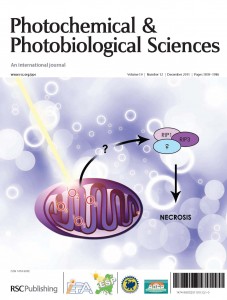This month sees the following articles in PPS that are in the top ten most accessed:-
Engineered photoreceptors as novel optogenetic tools
Andreas Möglich and Keith Moffat
Photochem. Photobiol. Sci., 2010, 9, 1286-1300, DOI: 10.1039/C0PP00167H, Perspective
Spectroscopic characterization of Venus at the single molecule level
Charlotte C. David, Peter Dedecker, Gert De Cremer, Natalie Verstraeten, Cyrielle Kint, Jan Michiels and Johan Hofkens
Photochem. Photobiol. Sci., 2012, 11, 358-363, DOI: 10.1039/C1PP05292F
Targeted photodynamic therapy of breast cancer cells using antibody-phthalocyanine-gold nanoparticle conjugates
Tanya Stuchinskaya, Miguel Moreno, Michael J. Cook, Dylan R. Edwards and David A. Russell
Photochem. Photobiol. Sci., 2011, 10, 822-831, DOI: 10.1039/C1PP05014A
Effective photoinactivation of Gram-positive and Gram-negative bacterial strains using an HIV-1 Tat peptide-porphyrin conjugate
Ludovic Bourré, Francesca Giuntini, Ian M. Eggleston, Charles A. Mosse, Alexander J. MacRobert and Michael Wilson
Photochem. Photobiol. Sci., 2010, 9, 1613-1620, DOI: 10.1039/C0PP00146E
Ozone depletion and climate change: impacts on UV radiation
R. L. McKenzie, P. J. Aucamp, A. F. Bais, L. O. Björn, M. Ilyas and S. Madronich
Photochem. Photobiol. Sci., 2011, 10, 182-198, DOI: 10.1039/C0PP90034F
Photoactivatable fluorophores and techniques for biological imaging applications
Wen-hong Li and Genhua Zheng
Photochem. Photobiol. Sci., 2012, Advance Article, DOI: 10.1039/C2PP05342J
The specificity of UVA-induced DNA damage in human melanocytes
Stéphane Mouret, Anne Forestier and Thierry Douki
Photochem. Photobiol. Sci., 2012, Advance Article, DOI: 10.1039/C1PP05185G
Photoinduced formation of reversible dye radicals and their impact on super-resolution imaging
Sebastian van de Linde, Ivan Krstić, Thomas Prisner, Sören Doose, Mike Heilemann and Markus Sauer
Photochem. Photobiol. Sci., 2011, 10, 499-506, DOI: 10.1039/C0PP00317D
UVA and endogenous photosensitizers – the detection of singlet oxygen by its luminescence
Wolfgang Bäumler , Johannes Regensburger , Alena Knak , Ariane Felgenträger and Tim Maisch
Photochem. Photobiol. Sci., 2012, 11, 107-117, DOI: 10.1039/C1PP05142C
Photo-oxidation of proteins
David I. Pattison, Aldwin Suryo Rahmanto and Michael J. Davies
Photochem. Photobiol. Sci., 2011, Advance Article, DOI: 10.1039/C1PP05164D
Why not take a look at the articles today and blog your thoughts and comments below.
Fancy submitting an article to PPS? Then why not submit to us today or alternatively email us your suggestions.
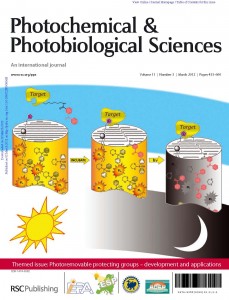 PPS Issue 3 is now online and is a themed issue on photoremovable protecting groups: development and applications, see the full issue here. This themed issue presents research papers and perspectives on applications of photoremovable protecting groups that provide spatial and temporal control over the release of various chemicals and bioagents. Read Guest Editor Jacob Wirz’s Editorial which introduces the topic here.
PPS Issue 3 is now online and is a themed issue on photoremovable protecting groups: development and applications, see the full issue here. This themed issue presents research papers and perspectives on applications of photoremovable protecting groups that provide spatial and temporal control over the release of various chemicals and bioagents. Read Guest Editor Jacob Wirz’s Editorial which introduces the topic here.










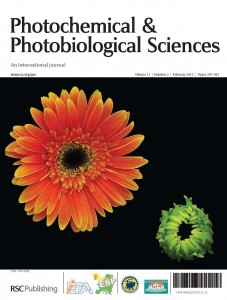
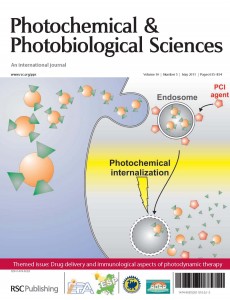
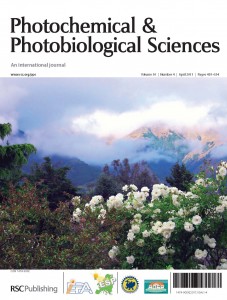
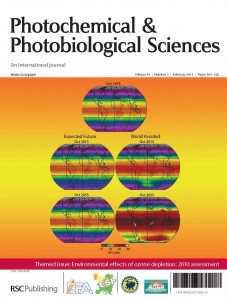
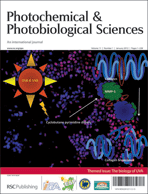 Welcome to the first issue of 2012 a themed issue on the biology of UVA! This issue dedicated to UVA contains several in-depth perspectives and original articles in the field highlighting key advances and provides an interesting and comprehensive journey through the UVA field, even those for whom this particular area is less familiar. You can read an introduction to this issue in Evelyn Sage and Rex Tyrrell’s
Welcome to the first issue of 2012 a themed issue on the biology of UVA! This issue dedicated to UVA contains several in-depth perspectives and original articles in the field highlighting key advances and provides an interesting and comprehensive journey through the UVA field, even those for whom this particular area is less familiar. You can read an introduction to this issue in Evelyn Sage and Rex Tyrrell’s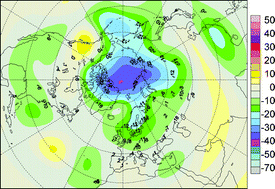 This issue is not only a themed issue, it also contains the 2011 progress report (an update on the full quadrennial report published in
This issue is not only a themed issue, it also contains the 2011 progress report (an update on the full quadrennial report published in 